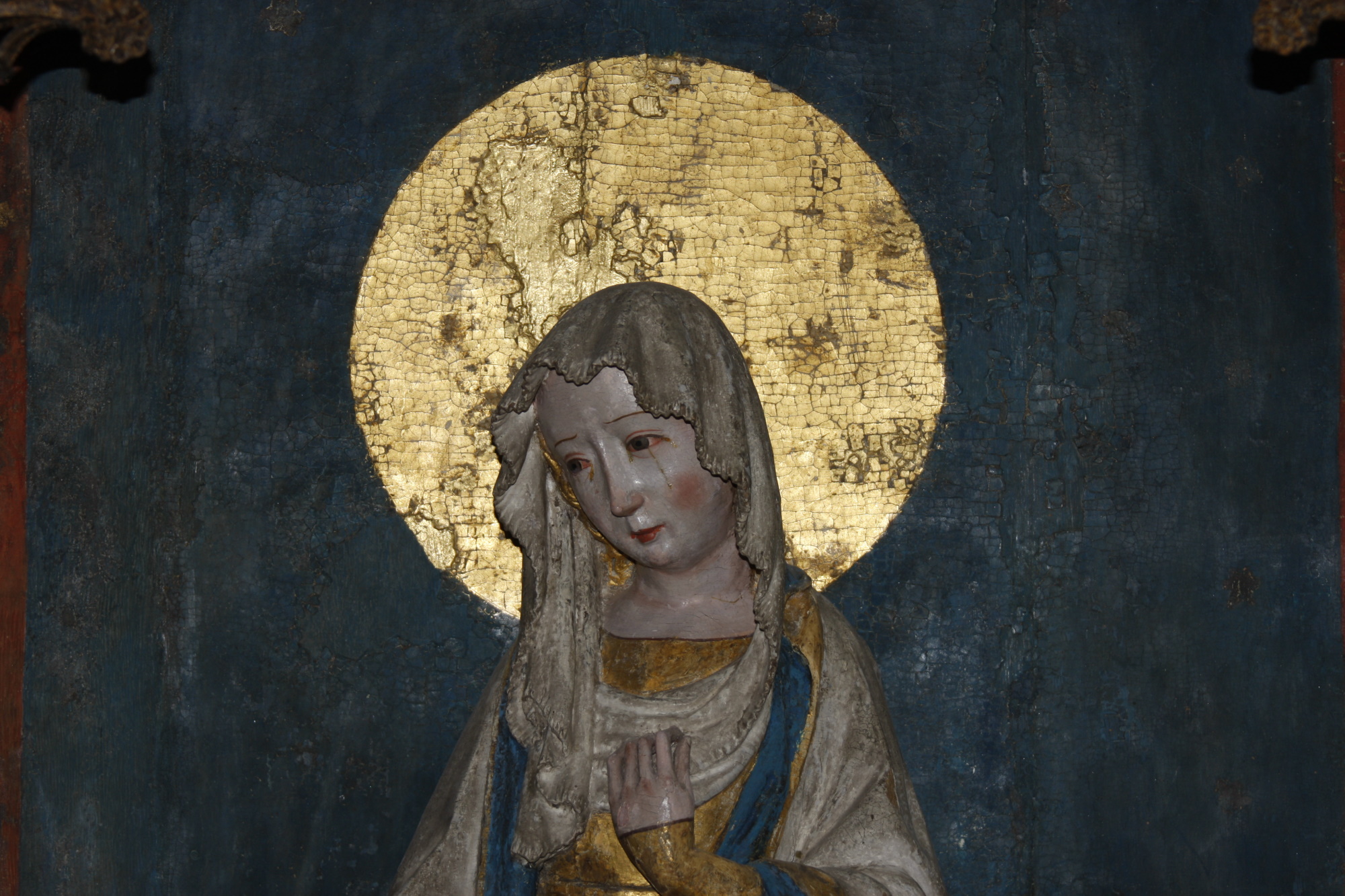The Swedes were deeply engaged in the European war for about 150 years. It began with the Nordic War in 1563-70, which mainly affected the people in Götaland. The Danish general Daniel Rantzaus carried through a predatory effort in 1567 in southern Sweden, and camped, among other places, in Skänninge. He was considered to be the military leader of the new age, and with a lack of any respect, buildings such as abbeys and churches were to be destroyed, villages and cultivated land were to be burnt down. A peasant could save his homestead by paying eight weights of silver. The peasants in Vårdsberg were advised to dig down their silver and leave the homesteads, any resistance was unaccepted. A few of these silver treasures have been found, although not within the parishes of Bankekind and Hammarkind.
In the autumn of 1567, the target was set to Söderköping; “of all towns in the Kingdom of Sweden, Söderköping was the greatest, most noble, and significant town,” (Rantzau 1567). In the morning of December 3rd, the town was set to fire, in the afternoon the pillage began – gold, silver, “various kinds of alcoholic beverages,” as well as the burning down of granaries and merchant ships. “This is the day when the town of Söderköping was completely destroyed,” (Rantzau). The burgesses tried to escape the attack by issuing a claim of 10.000 thalers, but this transaction was stopped by Östergötland riders, which instead exposed the burgesses to ruthless reprisals.
Söderköping was naturally one of the most important targets in Östergötland, but the central parts of the province were utterly struck by Rantzau’s order to “destroy all beautiful houses and buildings,” something that the inhabitants of Askeby had to experience as the army arrived. But also the Swedish military were using the “strategy of burnt land,” making it difficult to exactly determine who was burning what.
